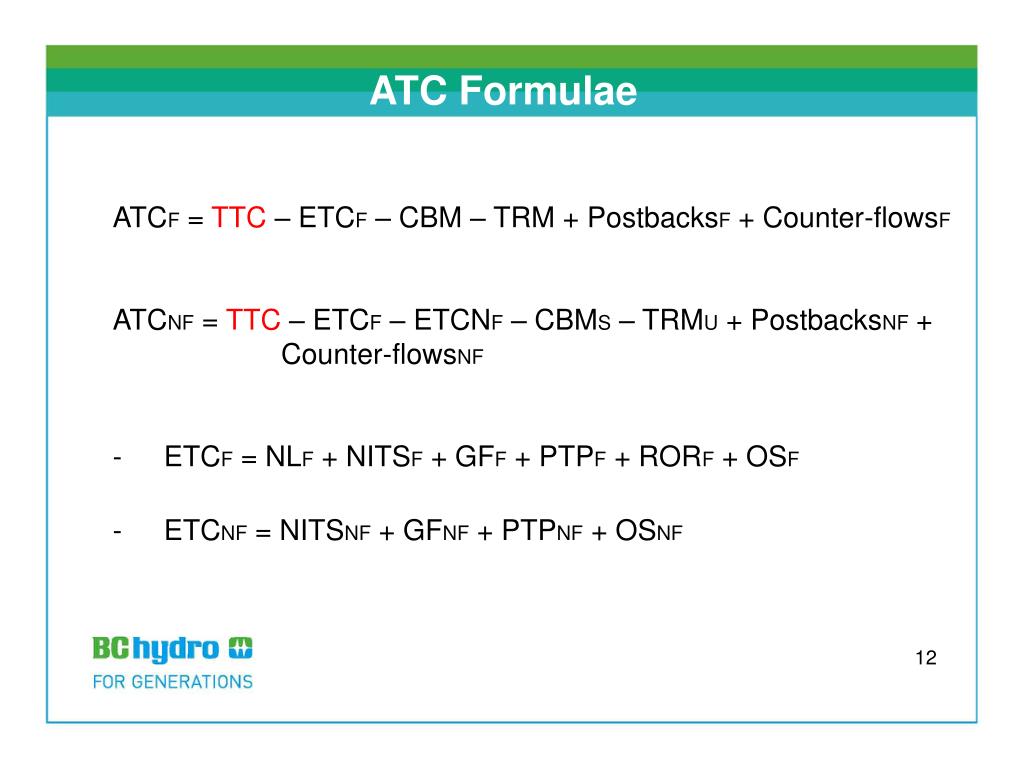
The change in variable cost for producing one more unit: The variable cost for a quantity of 2 is 15 and the variable cost for 3 is $25.Find average fixed cost times quantity: At the quantity of 4 the average fixed cost is 5.Difference between average total cost and average variable cost times the quantity: At the quantity of 2, the average total cost is 17.5 and the average variable cost is 7.5.Difference between total cost and variable cost: At the quantity of 1, the total cost is 30 and the variable cost is 10 so, the difference is 20 (30-10).Total cost for making a quantity of zero: The total cost in the example above is 20 so the fixed cost is 20.If output less than doubles, it is experiencing decreasing returns to scale. If output more than doubles, it is experiencing increasing returns to scale. If output also doubles, the firm is experiencing constant returns to scale. The easiest way to figure out if a firm is experiencing increasing, decreasing or constant returns to scale is to double all inputs and see what happens to output. This is called decreasing returns to scale. Other firms may increase output at a smaller rate as they increase resources. That is called constant returns to scale. Some firms may increase output at the same rate as they increase resources. This is called increasing returns to scale. Returns to scale: One of the reasons for economies of scale is that small firms can often increase resources used by a small amount while increasing output much more. This area where the LRATC is at it’s lowest is also called “Minimum Efficient Scale.” This is the production capacity a firm must reach in order to produce at a competitive cost. Here, as the business expands production capacity, the long run average costs do not change. This area is called constant returns to scale. That is called diseconomies of scale.īetween the downward sloping and upward sloping portions of the long run average total cost curve there is often a flat portion where the firm is experiencing neither economies of scale or diseconomies of scale. When this occurs, the long-run average total cost curve will be upward sloping. Many businesses will eventually reach a point where continuing to expand leads to the creation of inefficient bureaucracies, etc. This occurs for many firms as they expand and get more efficient allowing them to minimize average costs. If total revenue is less than total variable costs, the firm will temporarily shut down.Įconomies of scale: When the long-run average total cost curve is downward sloping, higher quantities have a lower average cost. If total revenue is greater than total variable costs, the firm will operate and their losses will be less than fixed costs. Labor, electricity, and raw materials are all examples of variable costs because as more units are produced more money will be spent on labor, electricity, and raw materials. Variable Costs: These are the costs which change with the quantity produced. That is because fixed costs are “sunk costs” meaning they are already lost. Otherwise the firm will temporarily shut down. A firm will operate as long as losses are less than fixed costs. On a graph, FC are a horizontal line (indicating the same dollar amount for every quantity).

Rent, loan payments, insurance, etc will generally be the same whether a firm produces zero units of output or ten thousand. They will be important on most of the Micro Graphs.įixed Costs: These are costs for a firm which do not change with the quantity produced (they remain fixed).

The total cost curves are important, but pay special attention to the average cost curves.


 0 kommentar(er)
0 kommentar(er)
